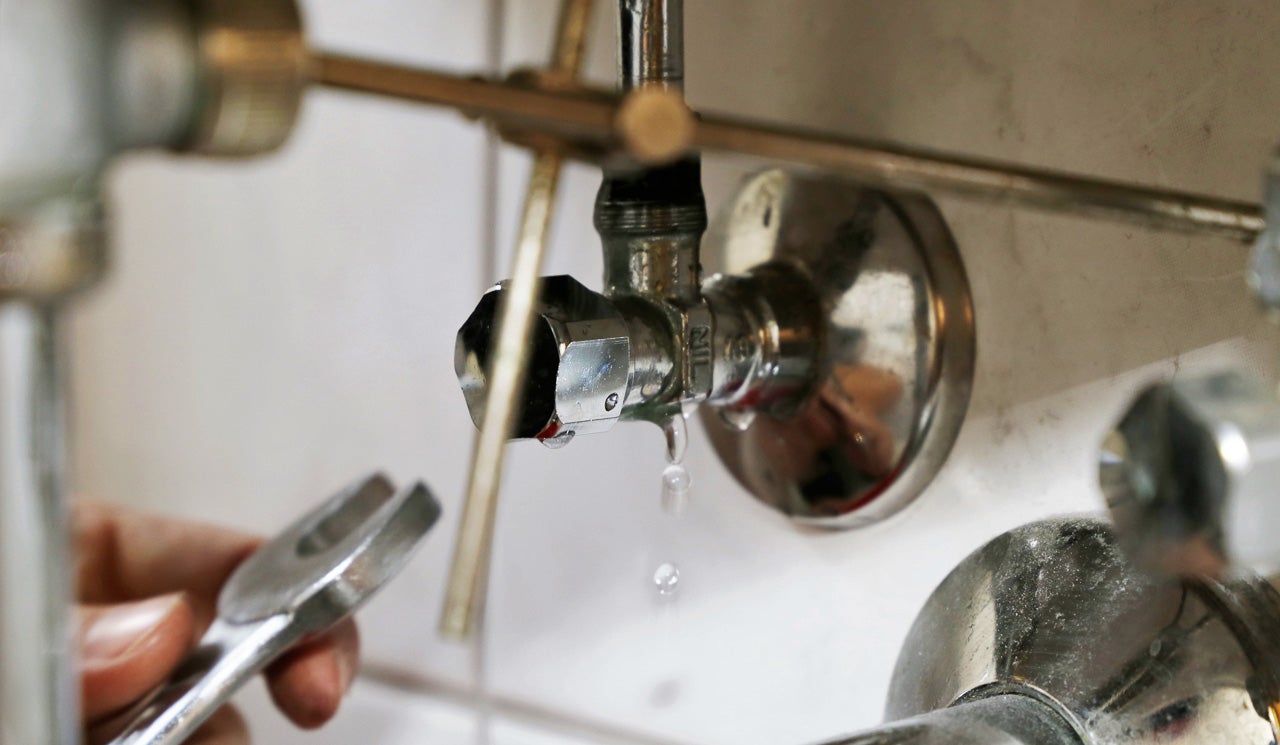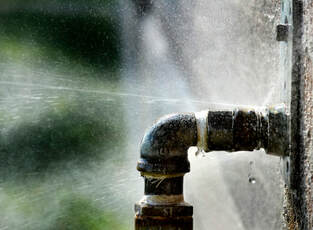How to Check If Your House Has a Concealed Leakage
How to Check If Your House Has a Concealed Leakage
Blog Article
Just about every person is bound to have their own idea involving Hacks to detect leaks.

Early discovery of leaking water lines can minimize a potential catastrophe. Some little water leakages may not be visible.
1. Check Out the Water Meter
Every home has a water meter. Examining it is a surefire way that helps you discover leakages. For beginners, turn off all the water resources. Make certain no one will purge, make use of the tap, shower, run the washing equipment or dishwashing machine. From there, go to the meter and also watch if it will alter. Considering that no person is utilizing it, there should be no motions. If it relocates, that shows a fast-moving leakage. Also, if you discover no changes, wait a hr or 2 and examine back again. This suggests you might have a slow-moving leakage that might even be below ground.
2. Examine Water Intake
Examine your water bills as well as track your water consumption. As the one paying it, you should observe if there are any disparities. If you find sudden changes, despite your consumption being the same, it means that you have leaks in your plumbing system. Keep in mind, your water expense must fall under the very same range on a monthly basis. An unexpected spike in your bill indicates a fast-moving leakage.
A stable boost every month, even with the exact same behaviors, shows you have a slow leak that's also gradually escalating. Call a plumber to thoroughly check your property, especially if you really feel a warm area on your floor with piping beneath.
3. Do a Food Coloring Test
When it pertains to water usage, 30% comes from bathrooms. Test to see if they are running appropriately. Drop flecks of food shade in the tank as well as wait 10 mins. If the color somehow infiltrates your dish during that time without flushing, there's a leak in between the storage tank and also bowl.
4. Asses Exterior Lines
Do not neglect to check your outdoor water lines also. Test faucets by affixing a garden hose. Must water leak out of the connection, you have a loose rubber gasket. Change this and also make sure all connections are limited. It will certainly aid obtain it properly examined and kept yearly if you have actually got a sprinkler system. One tiny leakage can throw away lots of water as well as increase your water bill.
5. Evaluate and also Assess the Circumstance
Homeowners should make it a habit to check under the sink counters and even inside closets for any bad odor or mold development. These two red flags suggest a leak so timely attention is called for. Doing regular evaluations, even bi-annually, can save you from a major trouble.
Inspect for stainings and damaging as the majority of pipes and home appliances have a life span. If you believe dripping water lines in your plumbing system, don't wait for it to intensify.
Early detection of leaking water lines can mitigate a possible calamity. Some little water leakages might not be noticeable. Checking it is a guaranteed method that assists you discover leaks. One tiny leakage can throw away lots of water and also spike your water bill.
If you think leaking water lines in your plumbing system, do not wait for it to rise.
WARNING SIGNS OF WATER LEAKAGE BEHIND THE WALL
PERSISTENT MUSTY ODORS
As water slowly drips from a leaky pipe inside the wall, flooring and sheetrock stay damp and develop an odor similar to wet cardboard. It generates a musty smell that can help you find hidden leaks.
MOLD IN UNUSUAL AREAS
Mold usually grows in wet areas like kitchens, baths and laundry rooms. If you spot the stuff on walls or baseboards in other rooms of the house, it’s a good indicator of undetected water leaks.
STAINS THAT GROW
When mold thrives around a leaky pipe, it sometimes takes hold on the inside surface of the affected wall. A growing stain on otherwise clean sheetrock is often your sign of a hidden plumbing problem.
PEELING OR BUBBLING WALLPAPER / PAINT
This clue is easy to miss in rooms that don’t get much use. When you see wallpaper separating along seams or paint bubbling or flaking off the wall, blame sheetrock that stays wet because of an undetected leak.
BUCKLED CEILINGS AND STAINED FLOORS
If ceilings or floors in bathrooms, kitchens or laundry areas develop structural problems, don’t rule out constant damp inside the walls. Wet sheetrock can affect adjacent framing, flooring and ceilings.
https://www.servicemasterbyzaba.com/blog/how-to-detect-water-leakage-in-walls/

I hope you enjoyed reading our post about Top leak detection hacks. Thank you for taking time to read through our post. I beg you set aside a second to promote this blog posting if you liked it. We truly appreciate reading our article about Locating water leaks.
Report this page